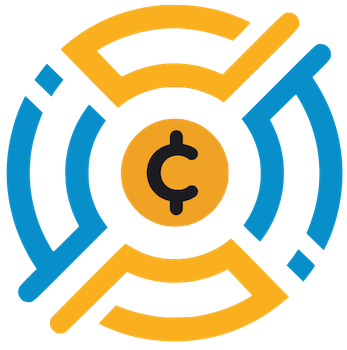In a bold stride towards the future of finance, Kraken has unveiled its latest innovation: the Krak app. This new mobile payment platform positions itself as a formidable contender against mainstream apps like PayPal, Venmo, and Cash App. Kraken’s initiative isn’t just about introducing a new app; it’s about challenging the very foundations of how we perceive digital finance. With the capability to handle transfers in over 300 currencies across 110 countries, Krak offers a tantalizing promise: seamless, instantaneous transactions that transcend borders and traditional banking constraints.
A Game Changer with Kraktags
One of Krak’s defining features is the introduction of the “Kraktag,” a unique identifier that eliminates the traditional banking complexities associated with digital transactions. Gone are the tedious days of linking bank accounts to send money. This innovation aligns perfectly with a growing public sentiment that calls for greater autonomy over personal finances. By simplifying the transfer process, Krak empowers users, encouraging a shift from relinquishing control to taking charge of their financial destinies—a much-needed change as the digital finance landscape evolves.
Rethinking Financial Infrastructure
Kraken’s co-CEO, Arjun Sethi, encapsulated the app’s vision beautifully by stating that “moving money should be as simple and borderless as sending a message.” This philosophy underpins a radical departure from outdated financial systems that have long clung to their power. Krak aims to blend the worlds of cryptocurrencies and fiat seamlessly, cultivating an environment where traditional finance no longer monopolizes the transaction landscape. While many existing payment platforms double down on maintaining the status quo, Krak aspires to redefine norms, an endeavor many users yearn for in their financial interactions.
Strategic Expansion Beyond Crypto
Kraken’s launch of Krak symbolizes a grander strategy to establish itself as a multi-asset financial hub. For too long, the digital asset exchange landscape has been constrained by a narrow focus on cryptocurrencies. Kraken’s pivot towards offering trading in equities and ETFs exhibits a keen awareness of market demands and consumer behavior. Notably, their acquisition of NinjaTrader for $1.5 billion reflects a deepened commitment to traditional finance and derivatives. This strategic foresight positions Kraken not merely as a crypto platform but as a versatile financial institution that can cater to a diverse array of financial needs.
Regulatory Challenges and Resilience
However, it’s crucial to acknowledge the hurdles Kraken faced in its journey. Legal uncertainties, notably the SEC lawsuit claiming Kraken operated as an unregistered securities exchange, created significant obstacles. The resolution of this issue was pivotal not just for Kraken’s credibility, but it also laid down the groundwork for the growth of products like Krak. The resilience showcased here is remarkable and acts as a beacon for other fintech companies navigating a regulatory minefield.
Future Potential and Growing Features
With the Krak app already accessible in eligible jurisdictions, the promise of continued feature enhancements looms large. Future integrations with various financial tools and the introduction of enhanced identity mechanisms for enterprise payments will only solidify Krak’s utility. As adoption grows, it’s expected that Kraken will further engage its users by making finance less intimidating and more approachable—a vital step in democratizing financial technology.
Innovative, ambitious, and resolute, Krak doesn’t just provide a payment solution; it signals a paradigm shift towards a more inclusive financial future—one where users can navigate their finances without intermediary bottlenecks. This is digital finance with purpose, and it’s about time.














